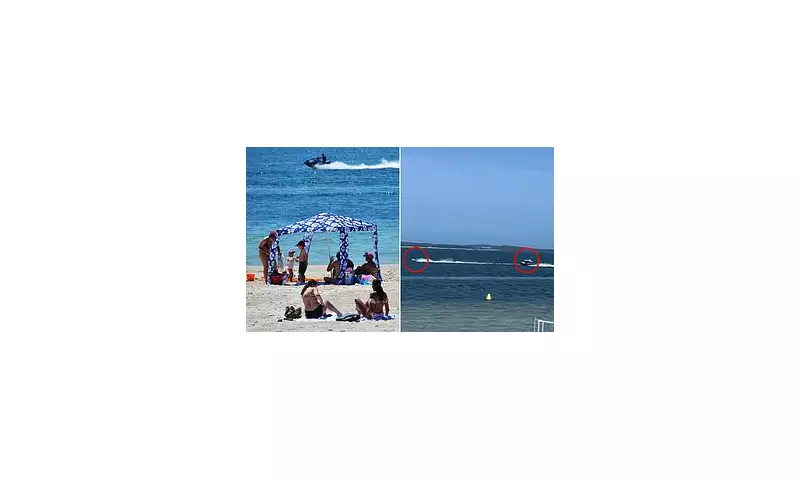
Coastal communities across New South Wales are breathing a sigh of relief as authorities launch a major crackdown on reckless jet ski operators whose dangerous antics have been putting swimmers and beachgoers at risk.
Rising Tide of Complaints Sparks Action
Local councils and marine safety officials have been inundated with reports of personal watercraft speeding through swimming areas, performing dangerous stunts near shorelines, and ignoring designated exclusion zones. The problem has become particularly acute during peak holiday periods when beaches are crowded with families.
What the Crackdown Entails
The strengthened enforcement measures include:
- Increased patrols by water police and marine safety officers
- Heavier fines for violations of speed and distance regulations
- Enhanced monitoring of known trouble spots
- Public awareness campaigns about responsible jet ski operation
Safety Regulations Every Rider Should Know
Marine authorities emphasise that jet ski operators must maintain a minimum distance of 60 metres from swimmers and other vessels unless travelling at minimal speed. Riding within designated swimming zones is strictly prohibited, and all operators must hold valid licences and registration.
"The message is simple," stated one marine safety officer. "If you're going to operate a personal watercraft, you need to do so responsibly and legally. The safety of everyone in the water depends on it."
Community Response and Future Measures
Local residents and regular beach users have welcomed the crackdown, describing previous incidents where speeding jet skis had created dangerous situations for swimmers. Many are calling for even stricter measures, including potential time restrictions on jet ski use during busy periods.
The NSW government has indicated that further regulatory changes may be considered if the current enforcement measures prove insufficient to address the ongoing safety concerns.





